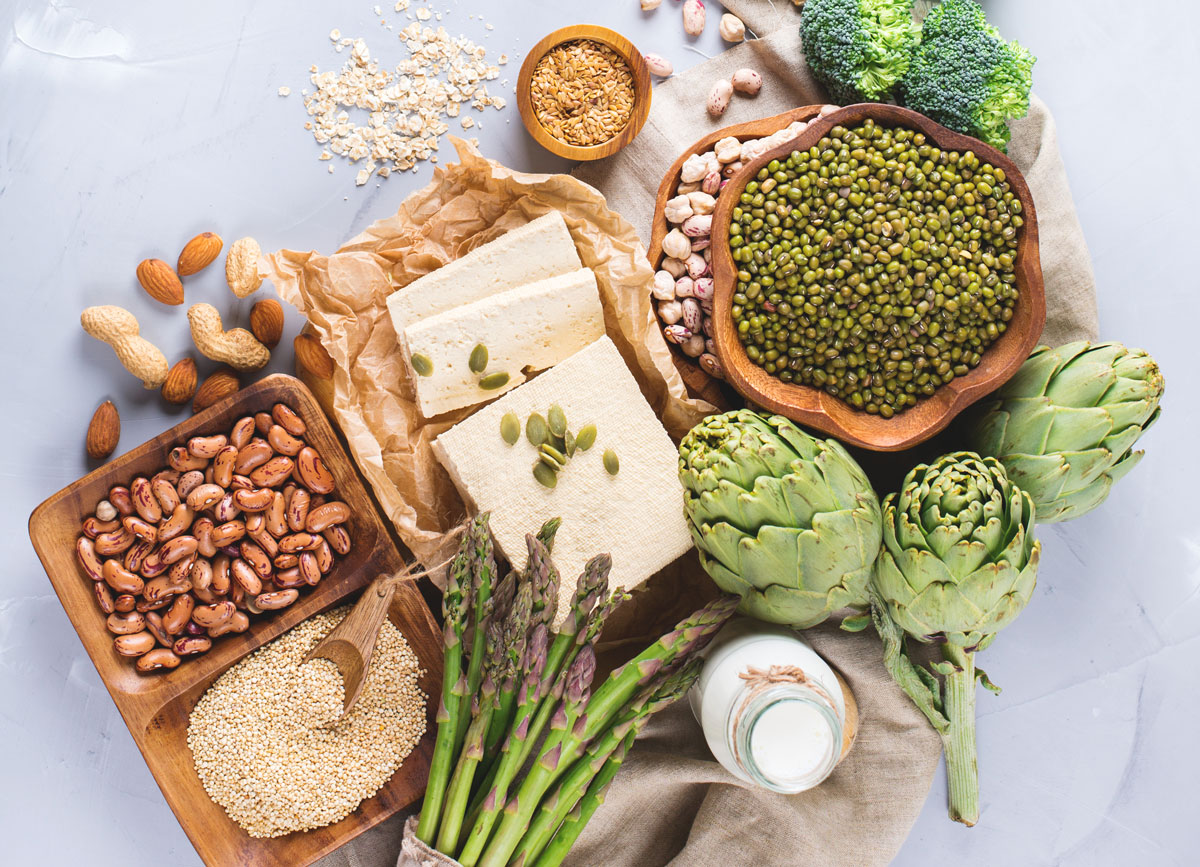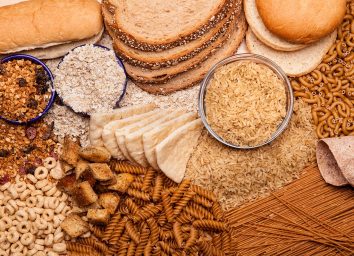The #1 Best Diet for IBS, According to a Dietitian

Have you ever felt bloated out of nowhere or had periods of time where going to the bathroom was either a struggle or a bit excessive? It's possible that you have IBS.
IBS stands for irritable bowel syndrome, affecting about 10 to 15% of people globally. However, the condition is more prevalent in Western cultures with an estimated 10 to 20% of people having the disorder, says Chelsea McCallum registered dietitian, IBS nutritionist, and advisor at BelliWelli, a company that makes IBS-friendly snack bars.
What is IBS and how does someone get diagnosed with it, usually?
"IBS is a functional gut disorder which means the structure of the bowel is not affected, however, the bowel may move too quickly or too slowly resulting in very uncomfortable symptoms such as constipation, diarrhea, bloating, and gas," says McCallum.
Either your primary doctor or gastroenterologist will diagnose you with IBS after a series of tests such as samples of stool and blood as well as procedures including colonoscopies, endoscopies, and gastroscopies.
"IBS is diagnosed by excluding other conditions such as inflammatory bowel disease, celiac disease, and colon cancer," she adds.
What is the best IBS diet plan to follow?
McCallum says that if you have IBS, you may be suggested to follow a low-FODMAP diet. For context, this acronym stands for Fermentable, Oligosaccharides, Disaccharides, Monosaccharides, and Polyols.
"This is a diet designed to temporarily reduce your intake of highly fermentable carbohydrates," she explains.
Foods that are considered high in FODMAPs include onion, garlic, wheat, legumes, apples, asparagus, watermelon, mushrooms, cow's milk, ice cream, dairy-based yogurt, artichokes, cherries, and mango, just to name a few. By removing these high-FODMAP foods, you may be able to alleviate IBS symptoms.
"After you have completed the elimination phase of the low FODMAP diet, it is important to reintroduce FODMAPs systematically under the guidance of a specialist IBS dietitian," says McCallum.

For example, if you eliminate all high-FODMAP foods for six or eight weeks and then slowly reintegrate one food back into your diet each time, you'll soon be able to find which foods are triggering symptoms the most.
However, one downside of cutting these foods out of your diet (even if it's just temporary) is that you're also missing out on high-fiber foods, so you'll want to make sure you're eating plenty of low-FODMAP foods that provide ample fiber to avoid constipation. These include brown rice, potatoes, berries, bananas, bell peppers, tomatoes, citrus fruits, oatmeal, and quinoa.
"The low FODMAP diet may be implemented for a short period of time, however, it is unhealthy to follow long term," says McCallum. "Working with a specialist IBS dietitian will help you find the balance."
Another factor that helps to quell IBS symptoms? Keeping your stress levels low. For more insight on how to reduce stress through diet choices, check out Eating This One Type of Food May Lower Your Stress, New Study Says.








